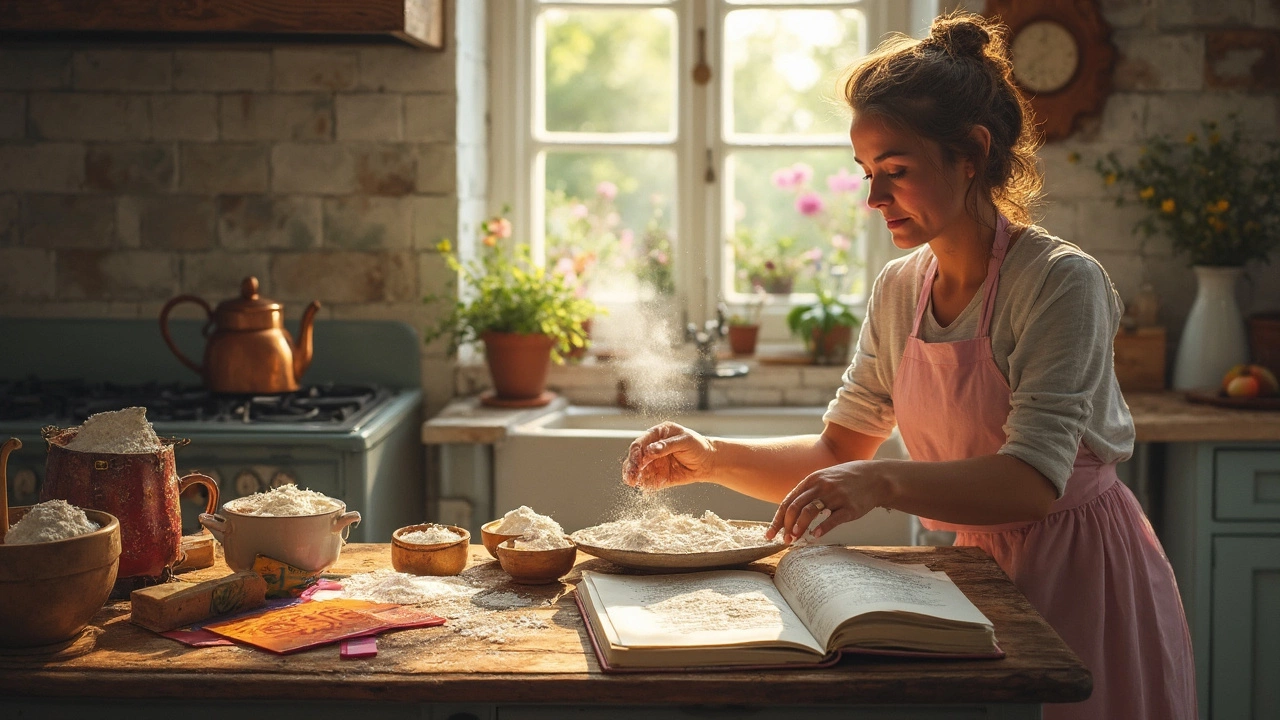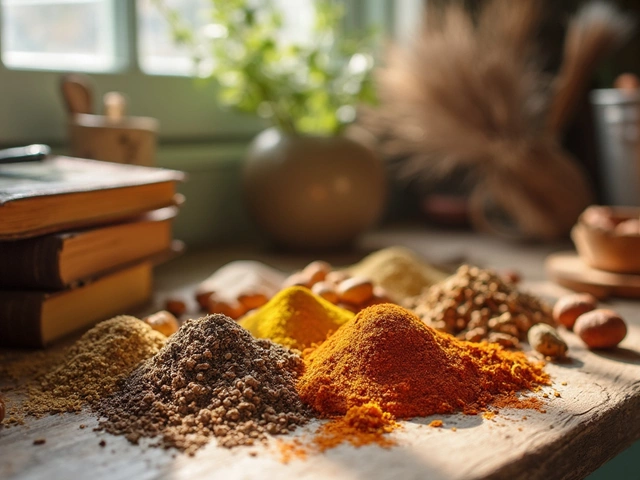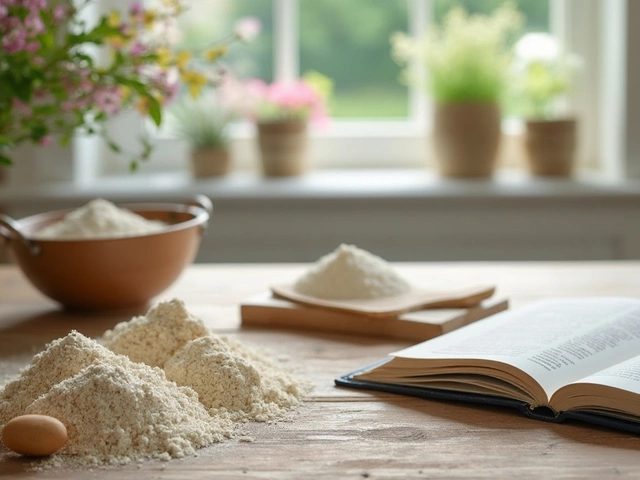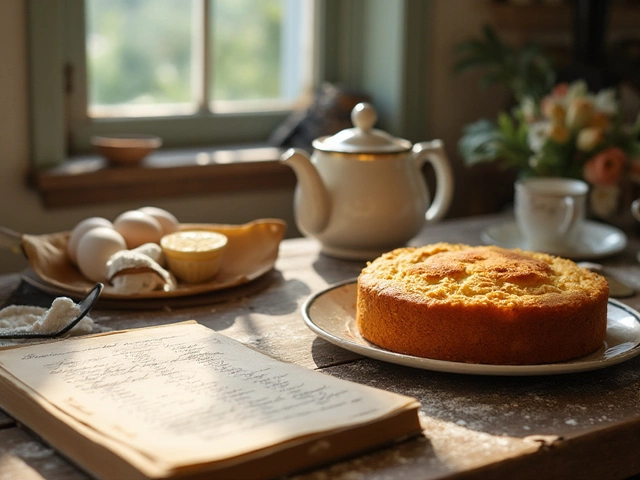Gluten-Free Flour: Your Go‑To Guide for Celiac‑Friendly Baking
If you’ve ever struggled to find the right flour for a gluten‑free diet, you’re not alone. Gluten‑free flour isn’t a single ingredient; it’s a whole family of blends that can replace wheat flour in almost any recipe. The key is to understand the differences and know how to combine them for the best texture and flavor.
Common Gluten‑Free Flour Options
Here are the most popular choices you’ll see in stores or online:
- Almond flour – made from finely ground almonds, it adds a nutty taste and works great in cookies and cakes.
- Coconut flour – highly absorbent, so you need less of it and more liquid. Perfect for muffins and pancakes.
- Rice flour – neutral flavor, often used as a base for gluten‑free blends.
- Tapioca starch – gives chewiness and helps bind ingredients.
- Sorghum flour – adds a mild sweetness and works well in breads.
- Gluten‑free all‑purpose blends – usually a mix of rice, tapioca, potato starch, and xanthan gum, designed to mimic wheat flour.
Each flour behaves differently. For example, coconut flour soaks up about three times its weight in liquid, while almond flour adds moisture without needing extra eggs.
Tips for Baking Success
Mixing the right combination is the secret to a great loaf or cookie. Start with a ready‑made blend if you’re new, then experiment by swapping in single‑ingredient flours for flavor twists.
Keep these pointers in mind:
- Add binders. Gluten gives structure, so replace it with xanthan gum, guar gum, or psyllium husk (about ¼‑½ tsp per cup of flour).
- Watch the liquid. Gluten‑free batters tend to be thicker. Add a splash of milk, water, or oil until the texture matches a regular batter.
- Don’t over‑mix. Too much stirring can make gluten‑free cakes gummy. Stir just until ingredients are combined.
- Let the batter rest. Ten minutes gives the flours time to hydrate, resulting in a smoother crumb.
- Adjust baking time. Gluten‑free baked goods often need a lower temperature (about 25°F lower) and a few extra minutes to set.
Feeling adventurous? Try swapping half the rice flour in a recipe for almond flour to add richness, or replace a third of the blend with coconut flour for a subtle tropical note.
Remember, gluten‑free baking is all about trial and error. Start with simple recipes like cookies or pancakes, apply these tips, and you’ll quickly get a feel for how each flour performs. Soon you’ll be whipping up brownies, breads, and cakes that taste just as good – if not better – than their wheat‑based counterparts.
Enjoy experimenting, and happy baking!






